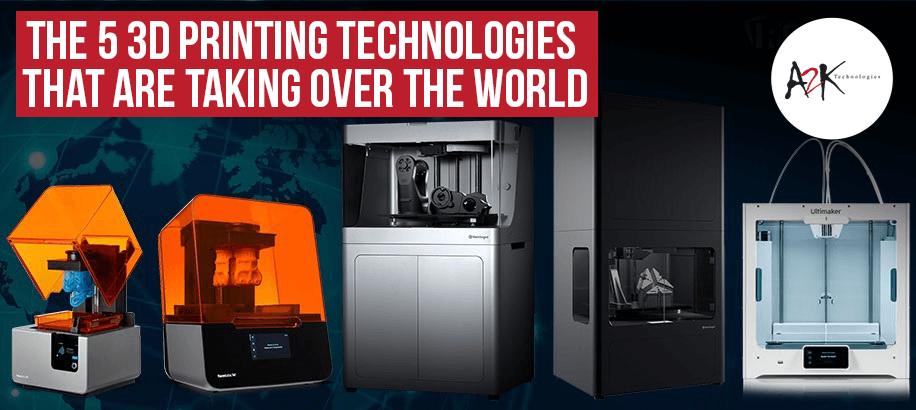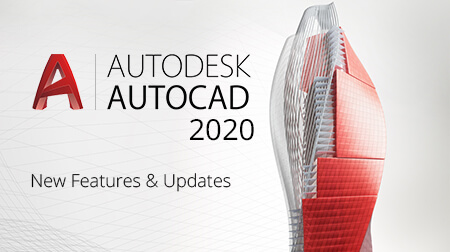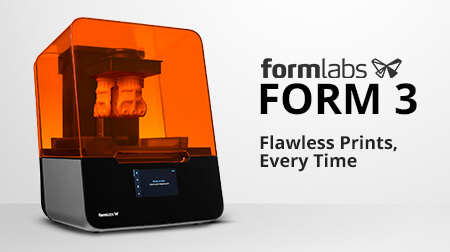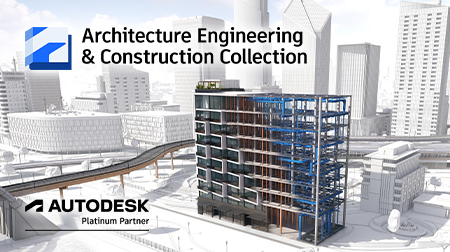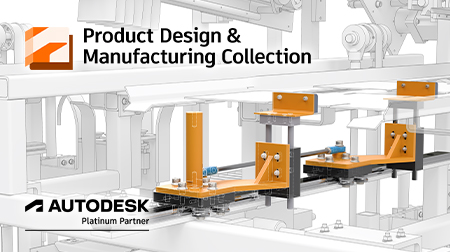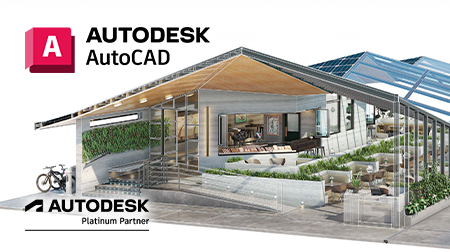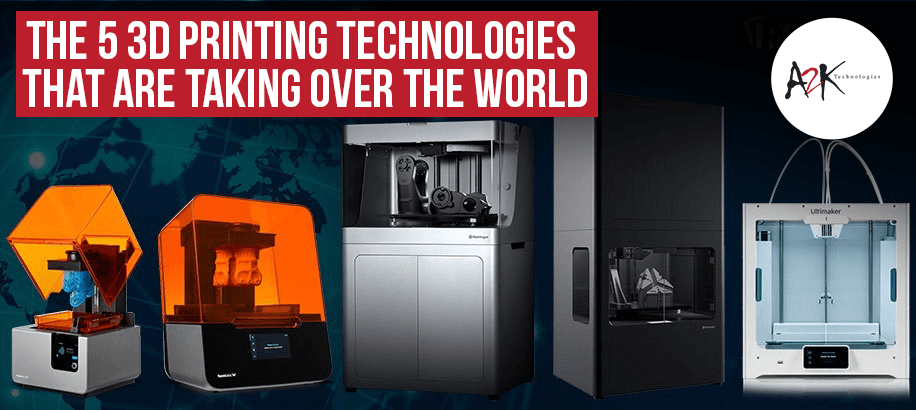
The 5 3D Printing Technologies that are taking over the world
3D Printing also known as Additive Manufacturing is increasingly becoming a very important tool in many industries such as education, manufacturing, robotics, automotive, aerospace, construction, architecture, dentistry, jewellery and engineering just to name a few. Compared to outsourcing, fabrication in-house can significantly cut costs and offer more freedom to create more prototypes and design iterations.
To those who are new to 3D printing, distinguishing and understanding the various 3D printing technologies, processes and materials available can be an initial challenge. You may be wondering which 3D printing technology can my business use? To get you more familiar with the different types of 3D printing, we will go through the five 3D printing technologies that are disrupting the industries mentioned above.
Stereolithography short for SLA is a 3D printing process that utilises a UV laser or other light source, to cure liquid resin into solid plastic. The most commonly used SLA-system is inverted Stereolithography and depending on the 3D printer, the resin can either be poured manually by the user or automatically dispensed from a cartridge. The build plate is lowered into the resin at the beginning of the print. A thin layer of liquid is left between the bottom of the tank and the build pate. The UV laser is directed from the Galvanometer or Galvos through a translucent window located at the bottom of the resin tank, selectively solidifying the material. Successive layers are built off a print each having less than 100 microns.
SLA 3D printers are very well suited to print parts that have complex geometries and intricate details. Support structures will need to be used in most cases - the printed parts must be cleaned with isopropyl alcohol followed by UV curing, sometimes in a UV oven, before they can be used.
When the technology was first developed in the 80s, SLA was initially restricted to large industrial machines. The desktop stereolithography 3D printers available today are not only more affordable than ever, they also offer high resolution 3D printing that easily fits in your workspace. SLA makes it possible for you to use an extensive range of materials with limitless physical possibilities, allowing you to take your creativity to the next level.
LFS (Low Force Stereolithography)
Low Force Stereolithography short for LFS is dubbed the next generation of Stereolithography (SLA). In late 2019, Formlabs released two advanced 3D printers using the technology – the Formlabs Form 3 and the Form 3L. This innovative additive manufacturing technology uses a flexible tank and linear illumination to deliver an immaculate surface finish and print accuracy. The lower print forces of the Low Force Stereolithography print process allows printers using the technology such as the Formlabs Form 3 to deliver consistent high-quality results. It allows light-touch support structures to be easily torn away, taking the stress and unnecessary work out of building and cleaning parts. This lets you focus on the more important things such as design and creation.
FFF (Fused Filament Fabrication)
Fused Filament Fabrication short for FFF is the most commonly used additive manufacturing technology. This is because its easy to use and it doesn’t rely on chemicals. FFF utilises roll of filament that is usually thermoplastic delivered on a spool. The Fused Filament Fabrication process extrudes the filament through a heated nozzle that is attached on a motion system. When a part is in the process of 3D printing, the motion system moves around the build area and melted filament is deposited from the nozzle onto the build plate. When the melted filament cools, it hardens to form a layer. The build plate or bed moves less than a millimetre and the process is repeated to start another layer until the part is completely formed.
The Dual Extrusion feature on some FFF 3D printers allow the use of two materials in one print. The use of two different colours of the same material is typically used for aesthetic purposes. The use of two different types of materials are used for variation in mechanical properties. Using a water-soluble PVA support material alongside the build material is also possible. The support material will dissolve away when submerged in water to ensure the final part has a high-quality finish while doing minimal post-processing labour.
FFF 3D printers are perfect to use in office settings because the machines are typically simple to use and maintain. The printing and post processing process doesn’t rely on chemicals, so a well-ventilated area wouldn’t be as necessary to use for FFF 3D printers compared to SLA 3D printers. The consumable options for FFF 3D printers are not only extensive, they are relatively cheaper compared to other methods. The consumables are simple to set up and can be stored for a long period of time.
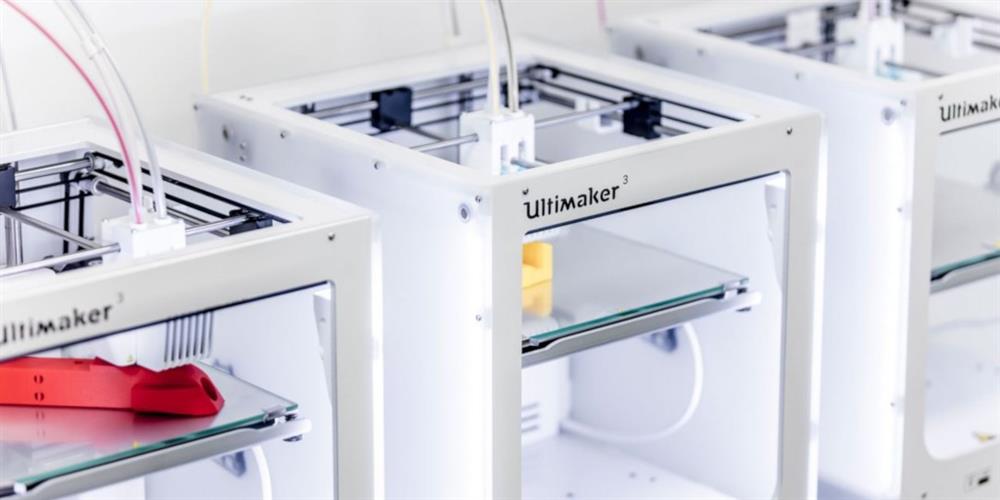
The composite and metal 3D printing technology from Markforged (which we will go through in the next section) are the next major revolution of additive manufacturing. 3D printing was changed when Markforged launched their industrial series - with their machines allowing you to reinforce parts with continuous carbon fibre, making the finished part 10x stronger. The features equipped on the Markforged Industrial range printers such as the X7 that makes the composite 3D printing technology very unique and innovative are:
- In Print Scanning/Process Inspection: This feature allows you to ‘in real time’ print your part, scan your part and measure the dimensional accuracy of the part to ensure accuracy.
- Stepper Motor Encoders: Located on the X, Y and extrusion motors, these encoders allow the printer to detect position inaccuracy and correct automatically. It enables auto correction of the problems and help save more prints, saving you more money in the long run. The encoders also ensure the positional accuracy of the head giving you those stunning part surface finishes.
- Material Detection: Located on both the fibre extruder and plastic extruder, this feature automatically pauses the print and sends you an email notification if the material runs out during the print. It enables you to reload with new material and continue the print.
- Silent Drives: The Markforged industrial 3D printers are equipped with silent drives to ensure noise-free 3D printing day and night.
- Micro Controller: If you replace the print head where the Micro Controller is located at, there is no need for calibrating X Y offsets as these have been done at the factory and saved on the print head. It also includes other sensors allowing you to detect faults before they happen and look for maintenance issues.
One of the most advanced 3D printing processes today is Metal 3D printing. The Markforged Metal X 3D print system is a manufacturing breakthrough that covers the full production process from beginning to end. The process is a very organised system that let’s you print and post-process ready to use parts in-house. The steps include:
- Software part setup: Once your part is designed in a CAD software, it must be exported to an STL file and imported into Markforged’s software, Eiger. It enables you to choose from a wide range of metals to 3D print and Eiger takes care of the rest. The parts are automatically scaled up to compensate for material shrinkage.
- Print: Metal powder bound in plastic is printed layer by layer until your part is fully formed, using the FFF printing process.
- Wash: After the part has been printed, it goes through what’s called a debinding process. This is where the part is washed in degreaser to remove the wax from the part. This prepares it for the next stage.
- Sinter: The part is then sintered in a furnace which burns away all the plastic bonding material and allows the metal powder to fuse into a part with approximately 96% relative density.
- Final Part: The part is now made from “pure” metal. It is now ready to use and can be post processed and treated like any other metals.
To dive deeper into the process above, you can read our blog ‘3D Model to a Metal 3D Printed Part’ to learn more about this incredible technology.
Conclusion
The 5 3D printing technologies each have their own unique uses. SLA is great for detailed smaller objects that require complex features. LFS is ideal for high-volume production that consistently delivers high-quality results without the need of additional labour. FFF is perfect for those who are budget conscious. This versatile, easy to use and affordable technology can be implemented in the comfort of your own office, without the need of additional space and specialist staff to operate. Composite and Metal 3D printing are ideal for businesses who want to manufacture industrial strength parts in-house.
Click here to see our gallery of FFF, Composite and Metal 3D printed parts.


